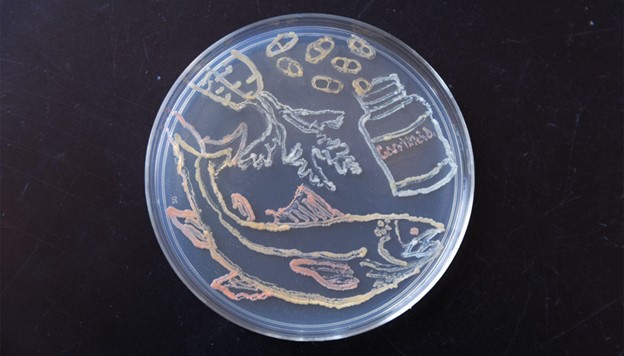Facilities
DOE designs, develops, builds, and operates unique, world-class facilities for the benefit of the entire research community. DOE Office of Science user facilities include accelerators, colliders, supercomputers, light sources, nanoscience research centers, and neutron sources, as well as facilities for genome sequencing and single cell biology, atomic- to molecular-scale environmental research, and globally distributed observatories for climate research. User facility capabilities are driven by DOE’s mission needs.
BER operates and manages three world-class user facilities that address the mission of DOE’s Biological and Environmental Research (BER) program to advance biological and environmental research and address diverse and critical global challenges.
The Atmospheric Radiation Measurement (ARM) user facility provides the climate research community with strategically located, in situ, and remote sensing observatories. These observatories improve the understanding and representation of clouds and aerosols in climate and earth system models, as well as their interactions and coupling with the Earth's surface.
The William R. Wiley Environmental Molecular Sciences Laboratory (EMSL), located at the Pacific Northwest National Laboratory (PNNL) in Richland, Washington, leads molecular-level discoveries for BER and DOE that translate to predictive understanding and accelerated solutions for national energy and environmental challenges.
The Joint Genome Institute (JGI), located in Walnut Creek, California, provides genome sequencing, genome data acquisition, and genome analyses in support of DOE mission needs in bioenergy, carbon cycling and biosequestration, and biogeochemical processes.



